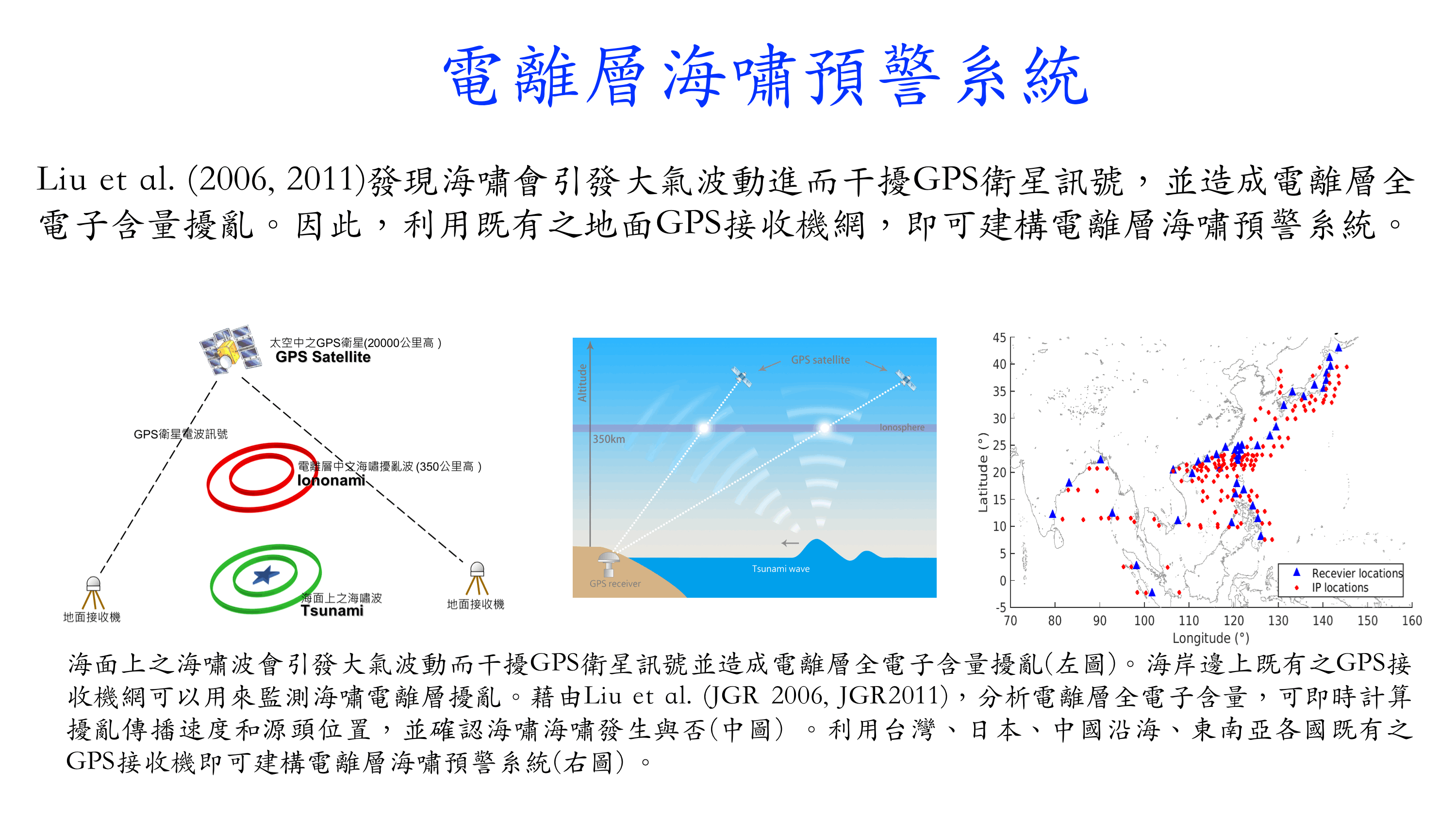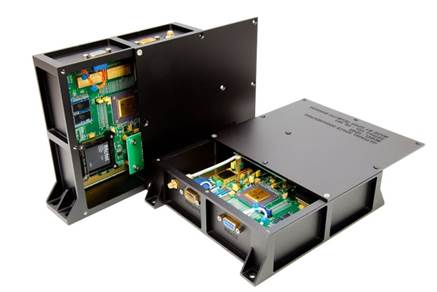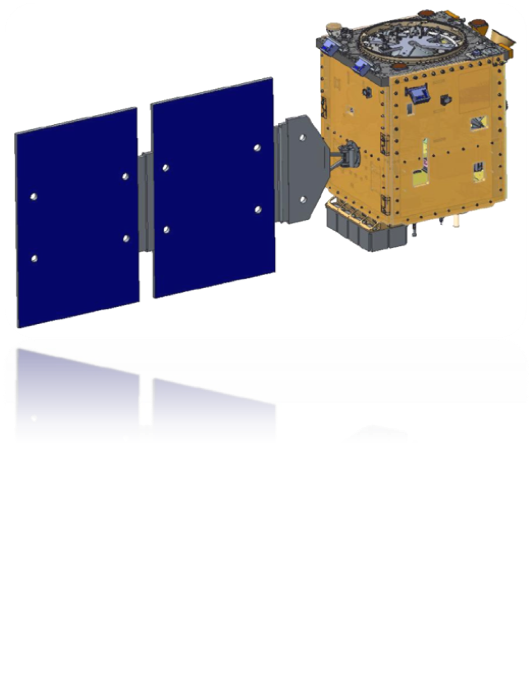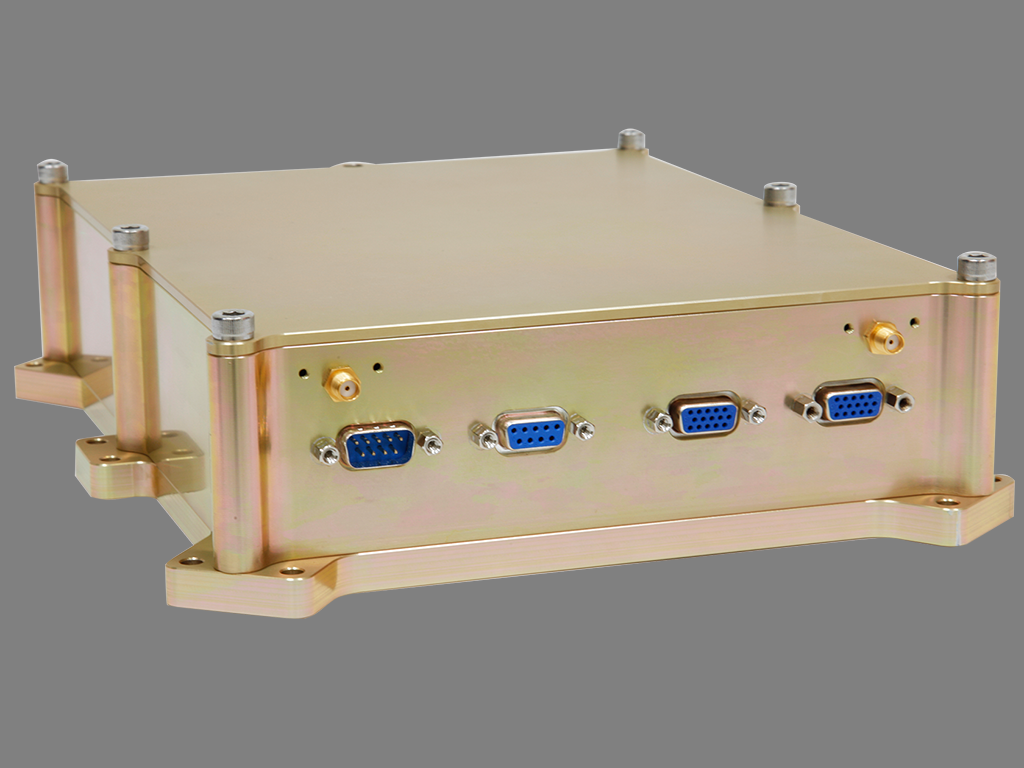| Technical Name | GNSS Reflection Signal Receiver (GNSS-R Receiver) | ||
|---|---|---|---|
| Project Operator | National Applied Research Laboratories | ||
| Summary | The Reflection Signal Receiver (GNSS-R) is a mission payload of the FORMOSAT-7 Reflectometry satellite which is designed and built by the NSPO. The instrument receives earth surface reflected GNSS signals from a low earth orbit, and then processes digitized signals into Level-1 data on board. The Level-1 data will be downloaded to ground station for science data retrieving such as ocean surface roughness and wind speed, etc. It is expected this mission will promote the GNSS-R application to extreme weather prediction such as typhoon track and category. |
||
| Scientific Breakthrough | The use of GNSS (Global Navigation Satellite System) signals for positioning, navigation, and timing (PNT) of personnel, vehicles, and autonomous platforms have become routine in our society. As GNSS signals are essentially omnipresence, many new applications have been envisioned to exploit the unique signal characteristics and well-maintained infrastructure of GNSSs. The use of GNSS for remote sensing and environmental monitoring has been an important research topic in recent years due to the omnipresence and performance of GNSS signals. The FORMOSAT-3 and the FORMOSAT-7 (mission satellites) have exploited the potential of GNSS-based radio occultation for profiling the ionosphere and atmosphere so that better understanding of space weather and higher accuracy in numerical weather prediction are achieved. In addition to occultation through the refraction of GNSS signals, reflection of GNSS signals is becoming an important remote sensing tool in probing sea surface height, wind velocity, salinity, soil moisture, roughness, and snow depth. |
||
| Industrial Applicability | 全球風場量測(太空觀測)、離岸風場量測(海上觀測) |
||
other people also saw







